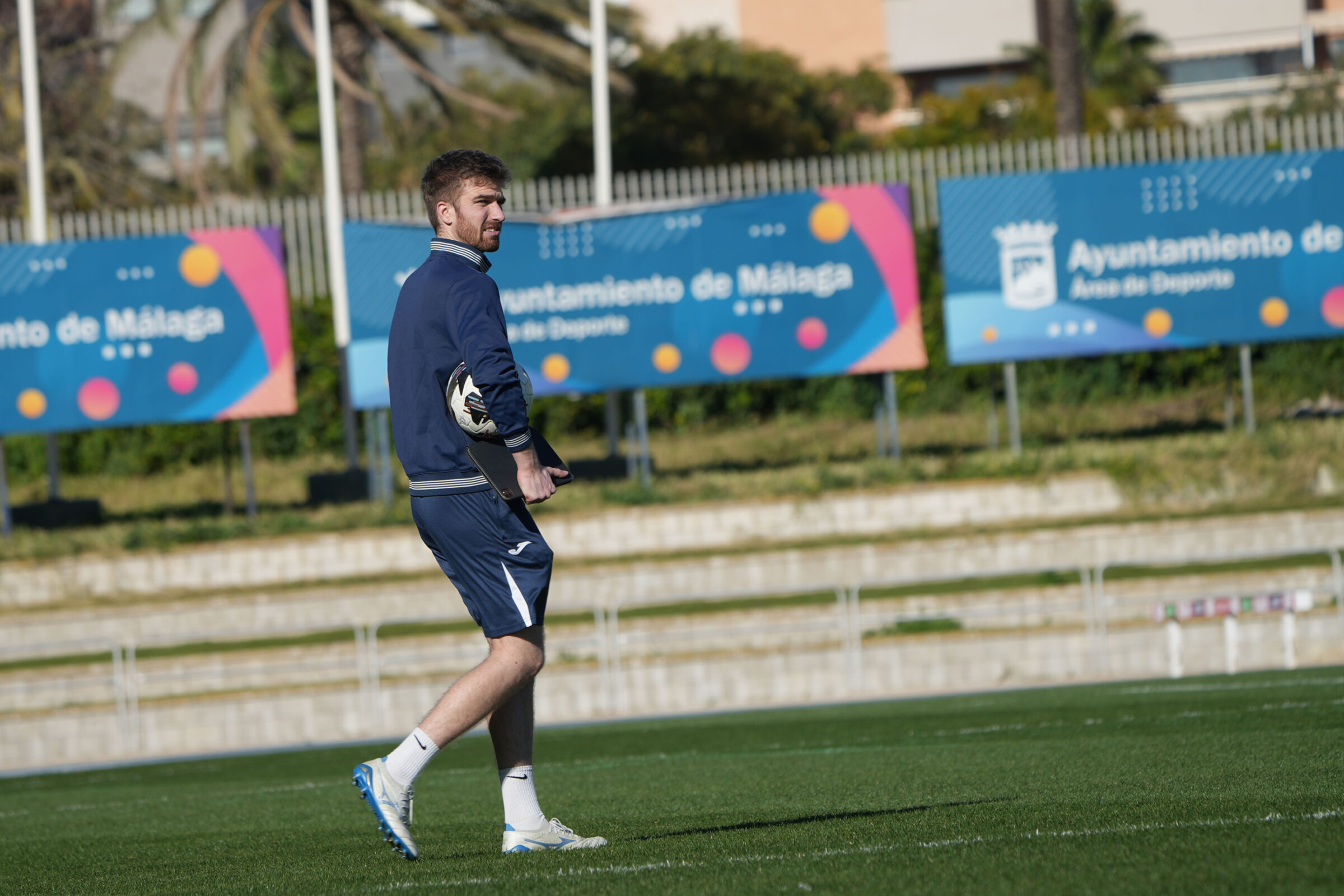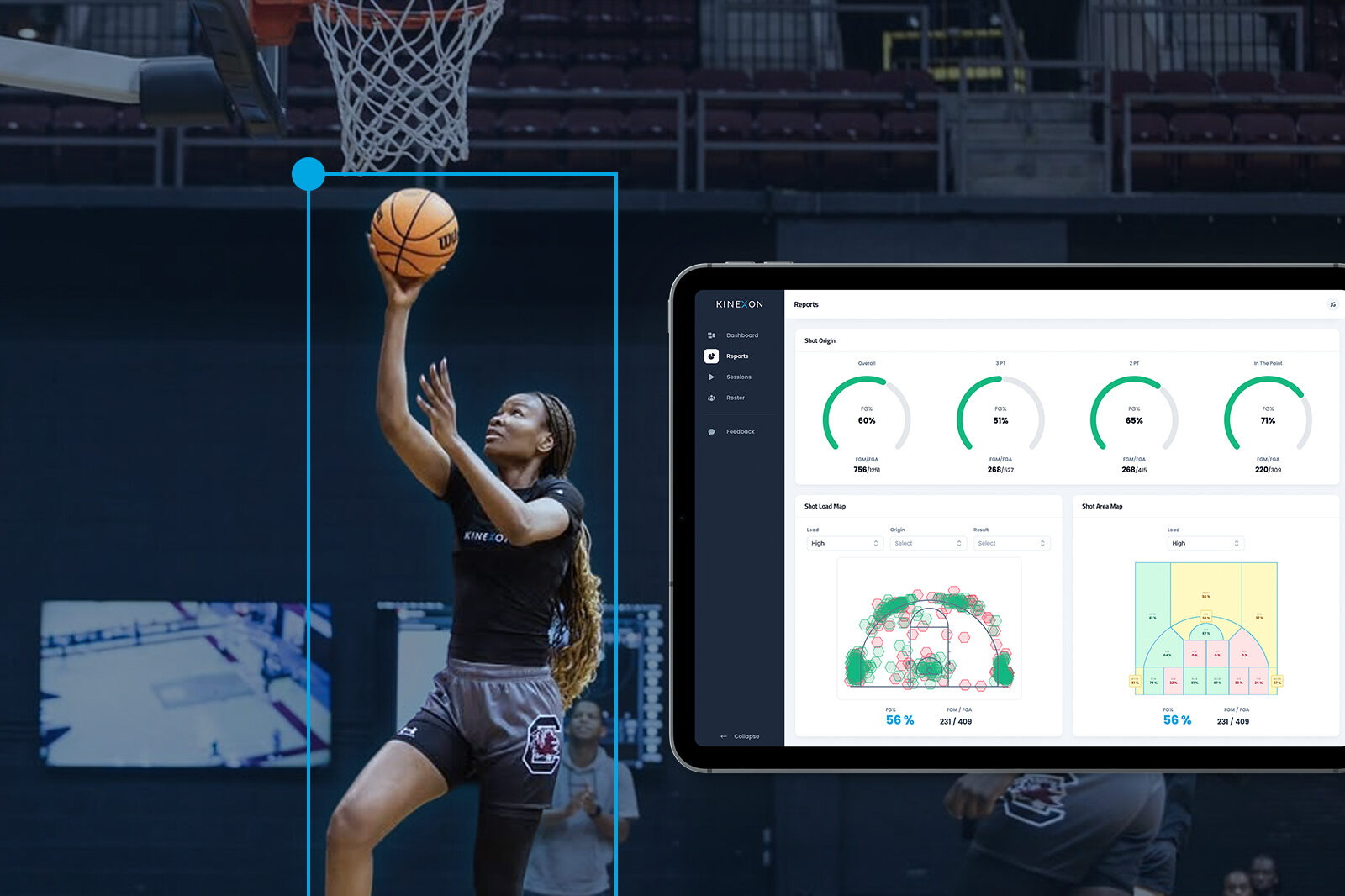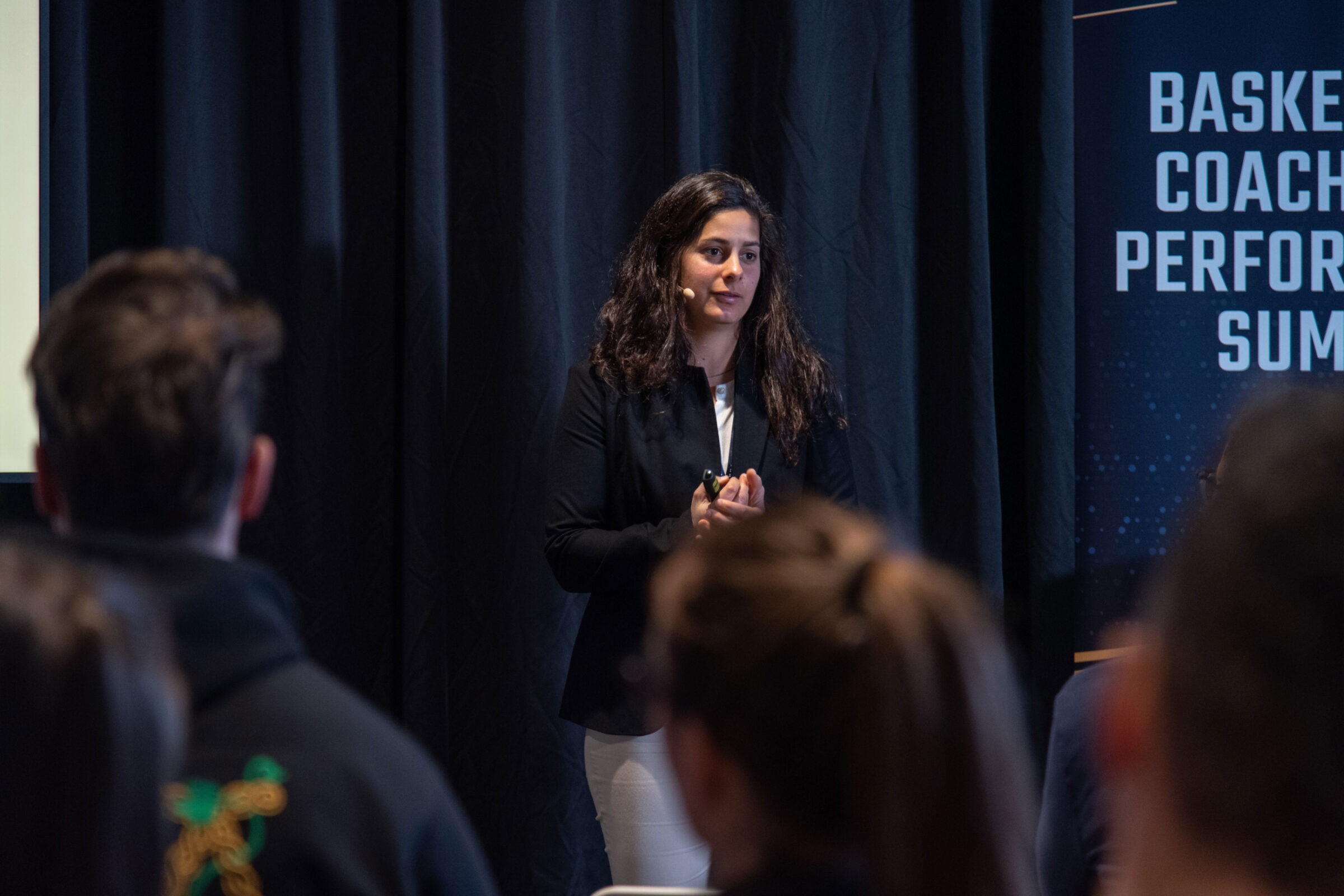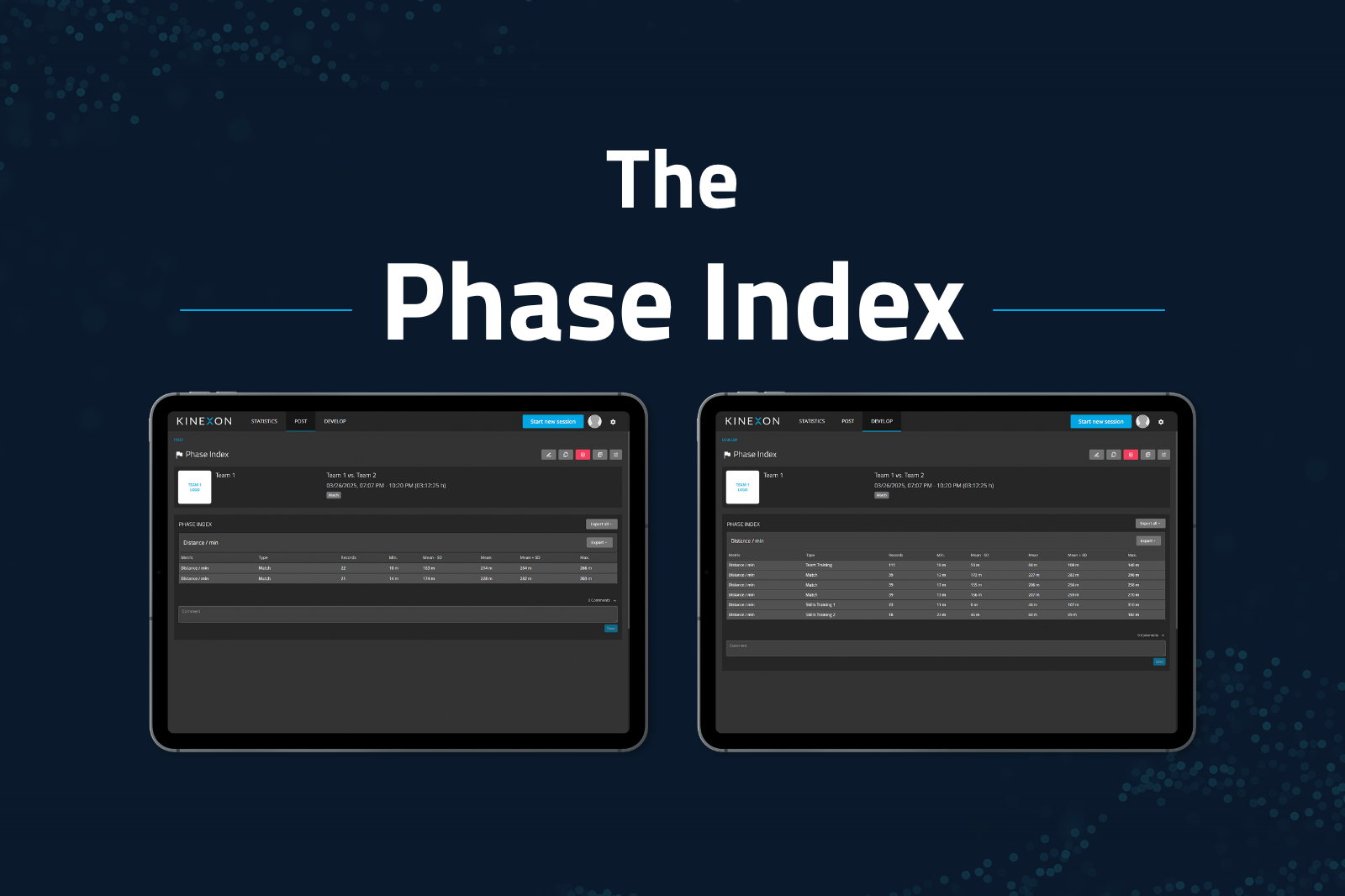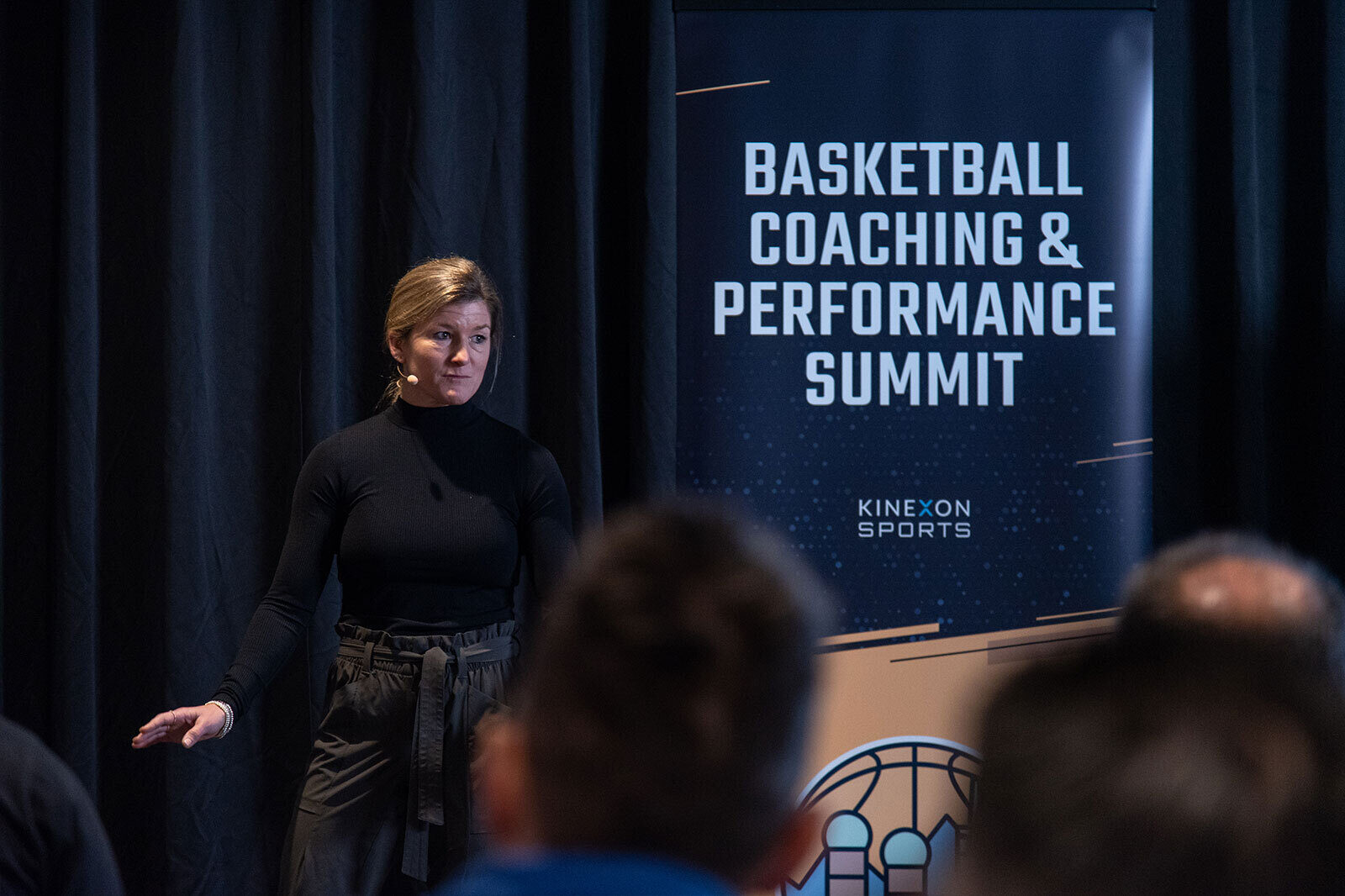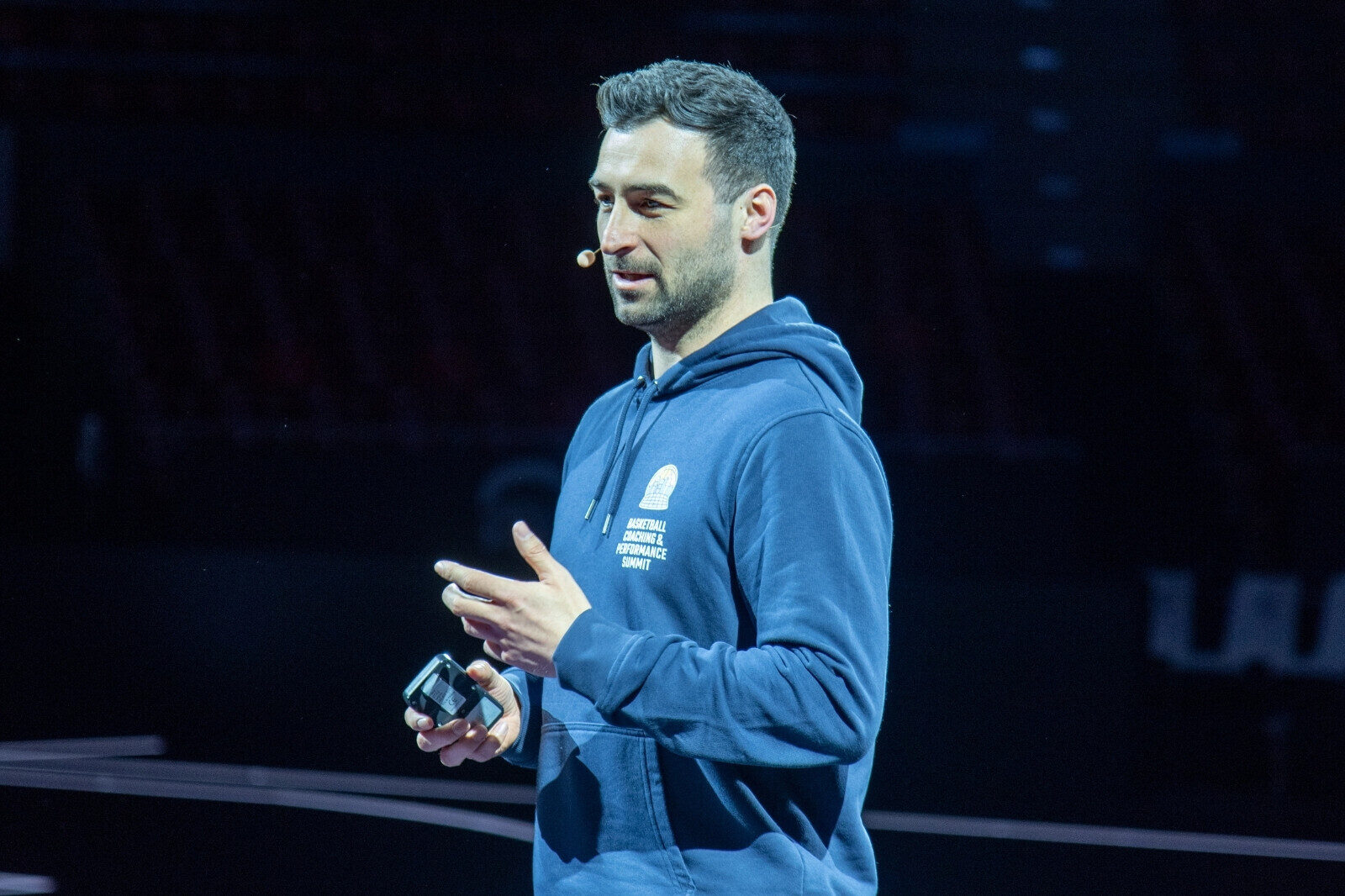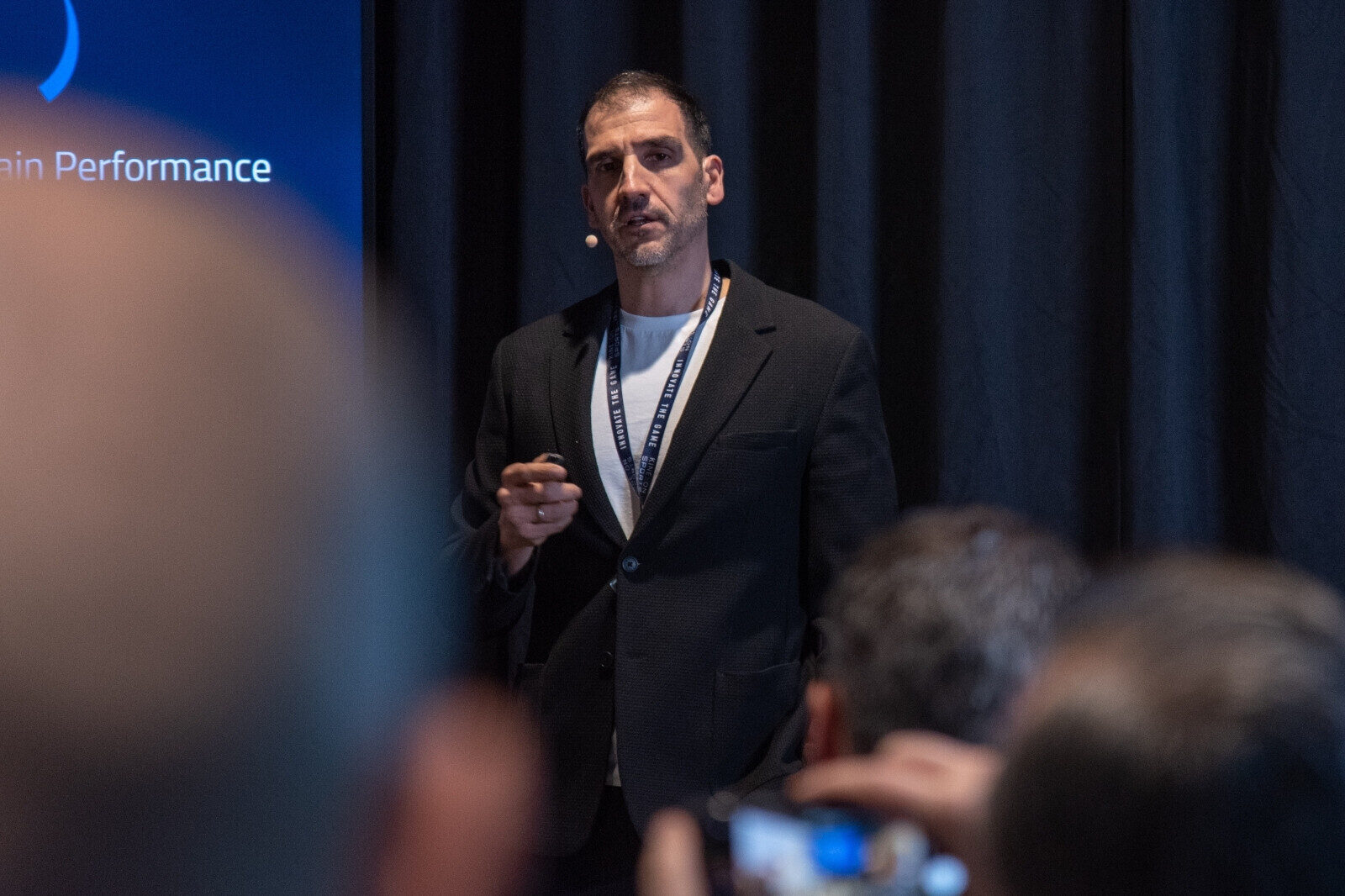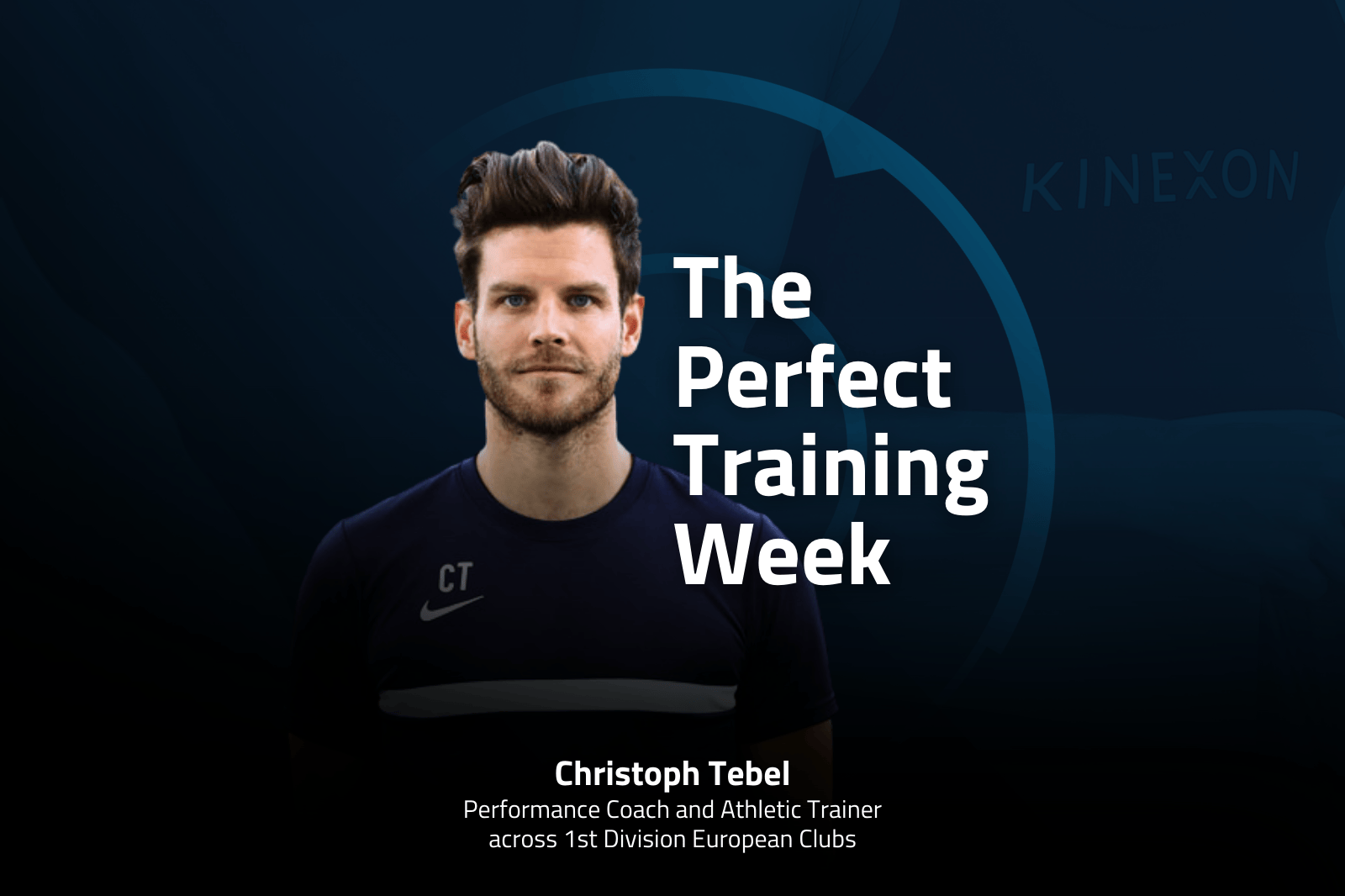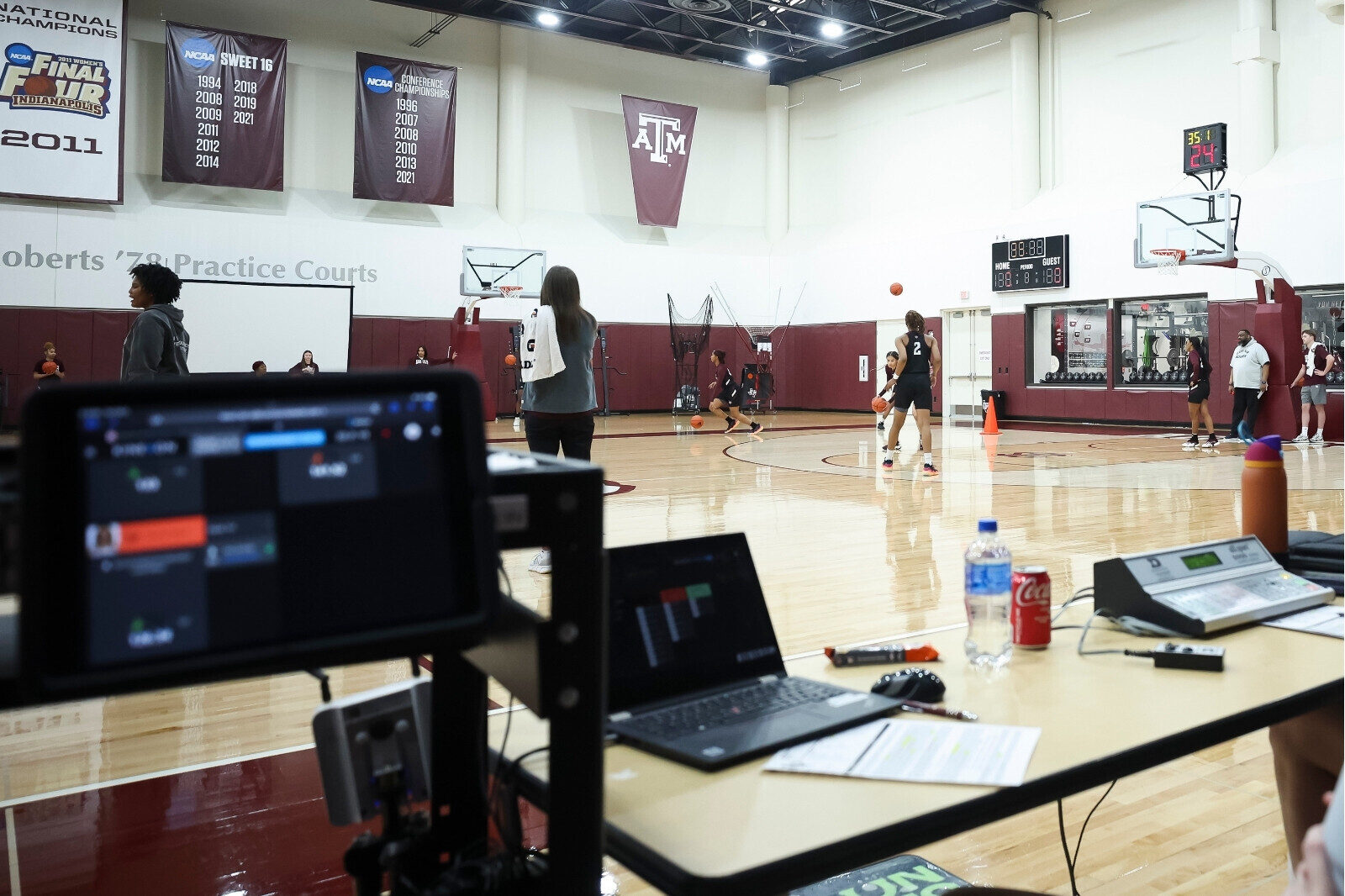How Jump Count Analytics Drive Arizona State Volleyball’s Training and Match Success
Adjusting practice schedules is a fine line for coaches to walk to maximize player performance. Arizona State’s Jake Garrity, the Assistant Head Coach of Sports Performance/Sports Science for women’s volleyball, focuses on live jump count performance analytics to lay the foundation for when the coaching staff adjusts practice intensity.

How Jump Count Data Improves Volleyball Performance
Specific to volleyball, the jump count metric is vital and a main part of the performance monitoring approach for ASU Volleyball. By tracking how many vertical jumps a player sustains during training sessions and matches, coaches can analyze the intensity to understand if players hit their goals for the session and don’t overly focus on total volume when some jumps are low in amplitude. These key insights are analyzed with Accumulated Acceleration Load (AAL) for the true load on the legs and AAL/minute for density.
“Our ‘drill index’ helps us dissect practice based on the drill conducted during a specific timeframe. By knowing this, we can quantify the intensity and volume of a given drill to help pinpoint where the coach can plug and play with the drill to create the proper practice plan for the intention that day.” Garrity stated. “It helps us assess how a player is performing relative to our expectations, so we can adjust their training schedules or even the drill design based on what’s working and what needs improvement.”
5 Step Guide to Collecting and Using Volleyball Analytics
Managing Workloads with Jump Intensity
In addition to jump count, the KINEXON PERFORM IMU system provides jump height bins to quantify the jump amplitude to monitor player workloads during practice and matches. This metric measures the intensity of a player’s jumps, helping the coaching staff assess how hard players work at any given time.
“Jump intensity is beneficial for managing player workloads,” Jake explains. “We monitor how intense each player’s jumps are during practice or a match to track whether they are meeting performance demands intended for that day based on 3, 4, & 5 set benchmark norms. If intensity levels are too low, we can adjust accordingly during the session or next practice to ensure they’re maximizing their effort. Similarly, if intensity levels are too high, we can pull back as needed to ensure they are ready to perform in a match. ”
Load Training and Transitioning from Practice to Match
Effectively managing training loads is one of the most critical aspects of maintaining player performance throughout a season. ASU’s coaching staff understands the importance of balancing match day ‑3 or 4 to match day to ensure players peak at the correct times.
A common theme in sports science is reverse engineering the sport (progressing or regressing the training plan to prepare for the end goal). Volleyball is a more fluid sport where there isn’t a preset duration of a match because it is best of 5. Because of this, coaches must ‘reverse engineer’ training plans on the front end of the week to hit the intended loads necessary to maintain peak shape for when an important match arrives. While balancing the demands of travel and multiple competitions in a week that require daily variance based on an athlete’s readiness level.
“For instance, if we play three sets during a match, our following practice will have a higher intensity to ensure the players stay in peak condition,” says Garrity. “If we play five sets, we might decrease the intensity of the next practice, since players exert more energy during the match. The data makes it easier to adjust our training schedule, not just for the team, but for the individual athletes and position groups.”
This data-informed approach helps ASU’s coaches plan practices to align with the players’ physical needs, ensuring they don’t overload or undertrain as they transition between matches and practice sessions.

Want to see how our experts can design custom performance dashboards for your team?
“Having the live AAL & jump count data for each athlete helps make it easy to digest the volume of the training when it’s happening in real-time,” stated Garrity. “When time is of the essence, and we’re trying to prepare the team for competition, we have to get training right. KINEXON takes it even further by asking for user feedback because they want to help coaches maximize performance or find ways to improve the system to provide the needed information.
“At KINEXON, we believe data should empower coaches to make smarter, more informed decisions while preserving the human element that defines great coaching. Our 1:1 customer support goes beyond delivering raw numbers — we collaborate with coaches like Jake Garrity to turn performance insights into practical, actionable strategies that align with their unique coaching philosophies. It’s about providing analytics that seamlessly integrates into ASU Volleyball’s day-to-day operations and supporting Jake’s vision by equipping him with the right tools and insights to help each athlete reach their full potential.”
Data-Informed Decisions: The Balance with Coaching Experience
While volleyball player data plays an integral role in ASU’s training, Garrity and Head Coach JJ Van Niel are careful not to let it dictate every decision. Jake emphasizes that data produces a valuable framework for understanding a player’s performance, but it’s not the sole factor in making decisions.
“He likes to see the data, but we understand that our practice or performance adjustments shouldn’t be based solely on one or two metrics as performance and athlete status is multi-factorial,” stated Garrity. “The data gives us a framework to know when to check in on a player if they’ve reached their preset performance goals and when to push the intensity if they still have gas in the tank.”
This balanced approach allows ASU’s coaching staff to incorporate data insights and coaching experience, making data-backed decisions that consider the entire player’s performance picture.
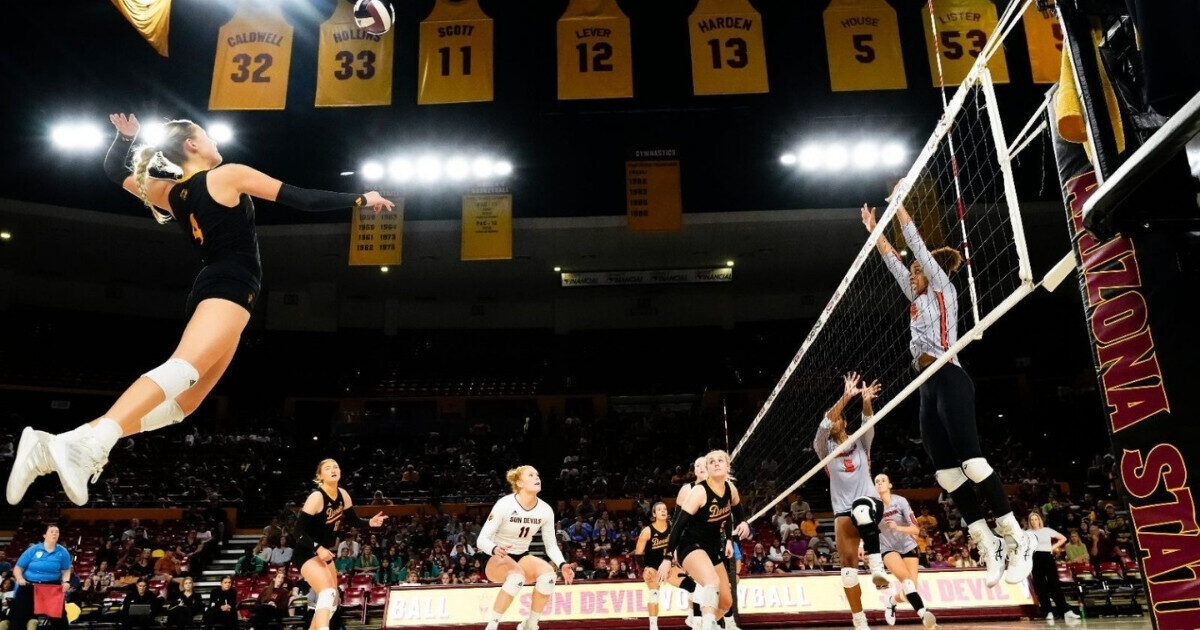
“Data-Informed, Not Data-Driven"
Jake further elaborates on using data for informed coaching decisions rather than letting the data dictate every move.
“We make data-informed decisions, not data-driven decisions,” he explains. “Coaches with years of experience prescribing training for their athletes know them best and how to adjust within the sport. When I share the data with coaches, it’s used as a reference for their next move during practice or planning training. It’s critical not to let a sole metric drive decisions. Too often, we get hyper-fixated on them, and I’d rather lose the battle and win the war by sharing data insights in the context of the sport than focusing too much on the data and adjusting strategies based solely on numbers without meaning.”
This approach ensures that the human element of coaching is never lost in the quest for performance optimization. It also empowers coaches to trust their instincts while leveraging data to support their decisions.

